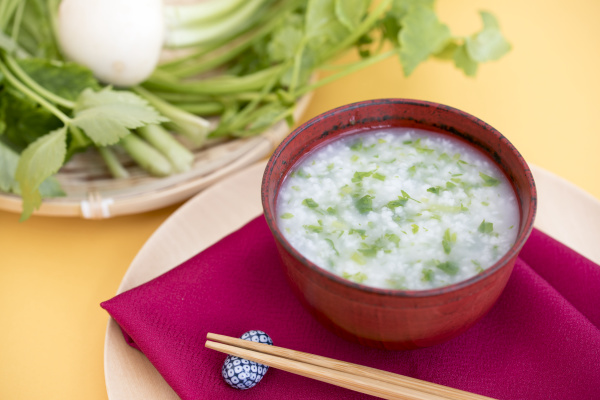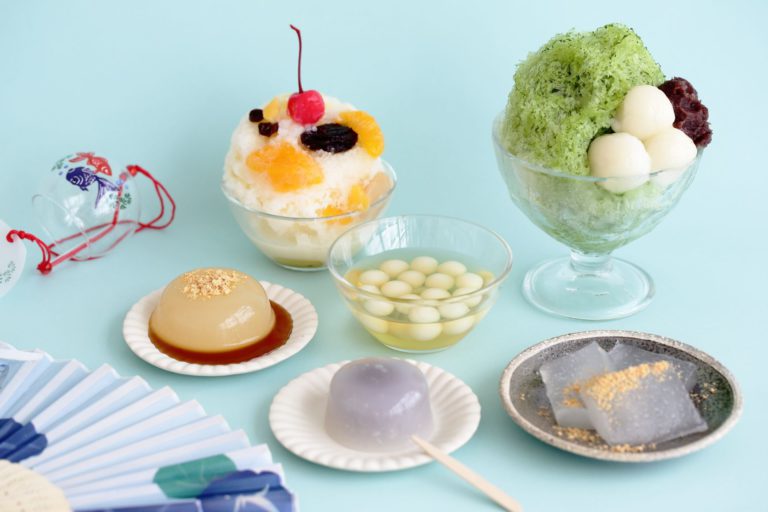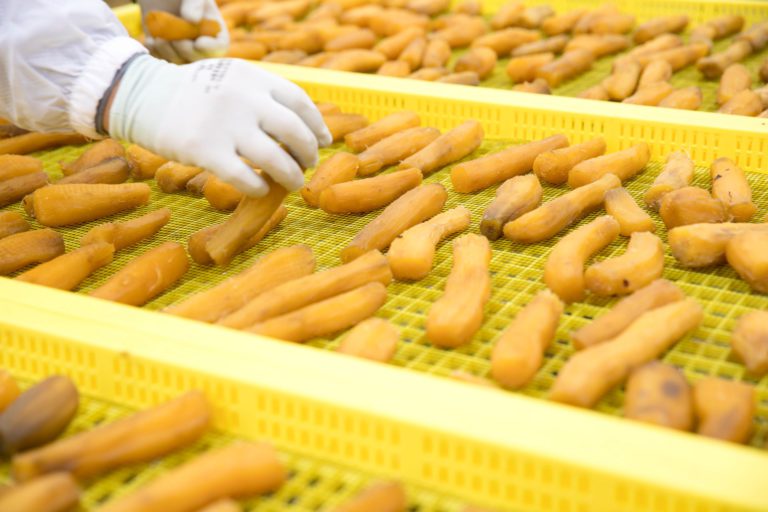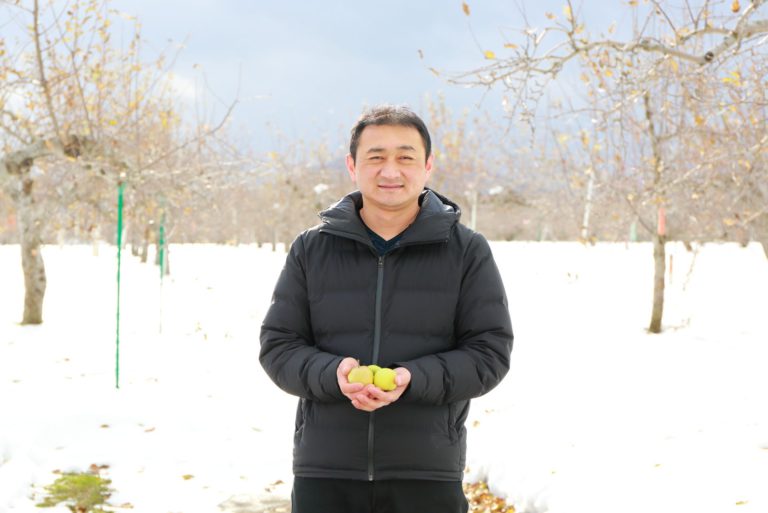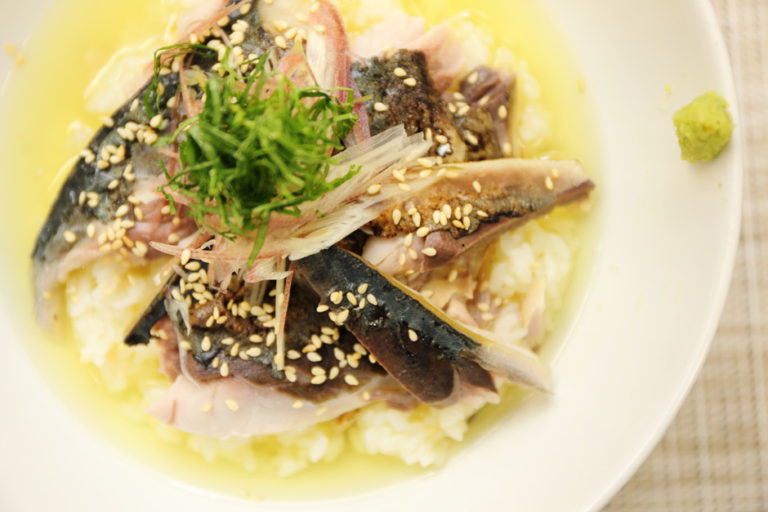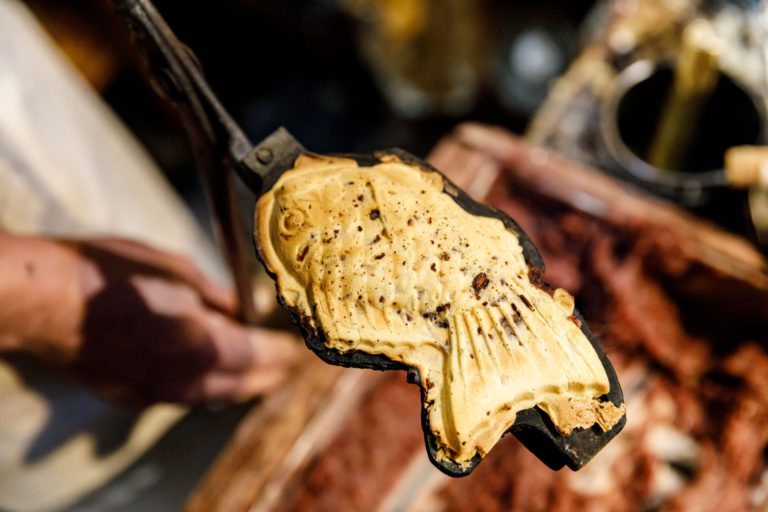Harvest Season Treats Delight the Palate
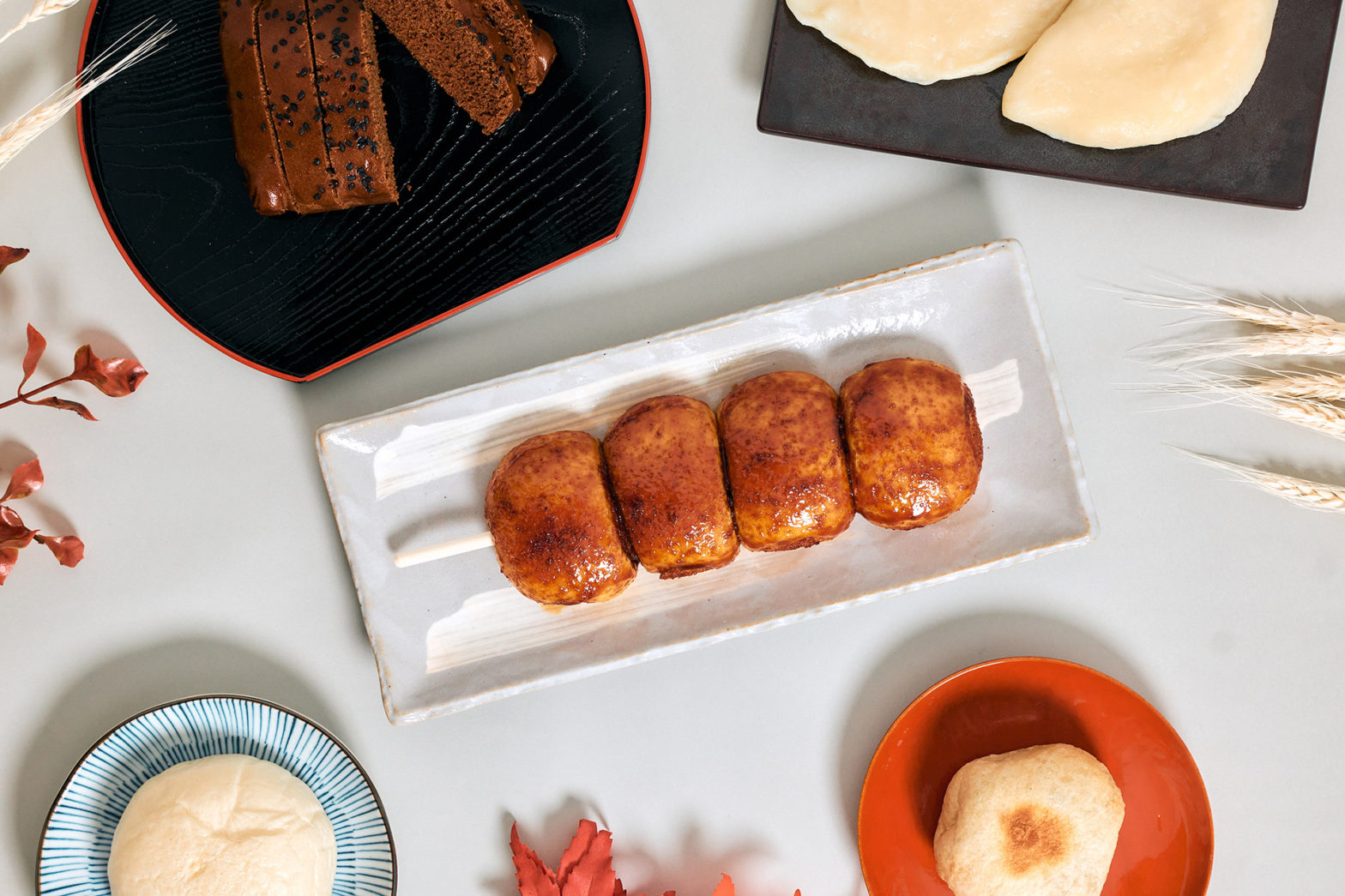
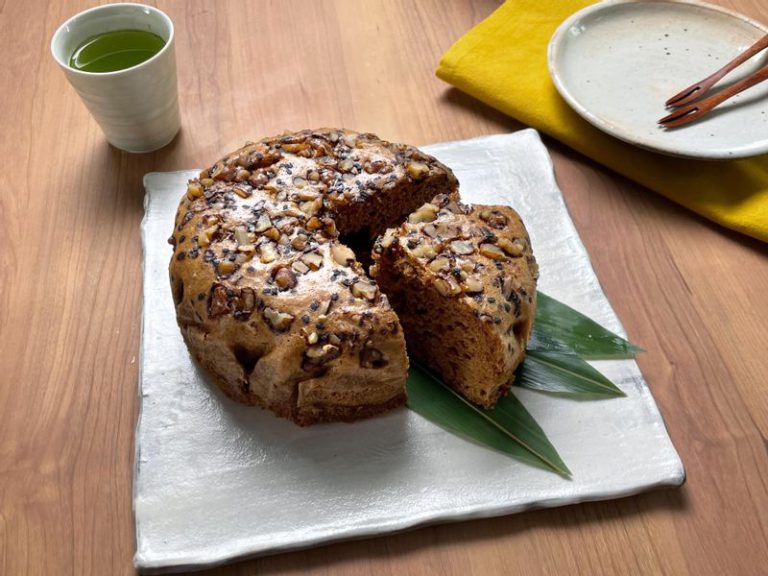
Ganzuki – Southern part of Iwate Prefecture
Ganzuki is a popular regional snack in Iwate Prefecture, especially in the southern part. It is made by combining flour, sugar, eggs, and baking soda to create a dough, which is then steamed. Resembling a steamed bun, Ganzuki has a chewy texture. For many years, it has been enjoyed as a filling snack during farm work and as an everyday treat. It comes in two forms: Kuro Ganzuki and Shiro Ganzuki, with the former made with muscovado sugar and the latter with white sugar.
Ganzuki is widely available in supermarkets, local confectionery stores, and produce markets, and it is not uncommon to prepare it at home. In fact, some junior high schools teach how to make it in home economics classes. Ganzuki’s rustic flavor has evolved, with newer varieties such as orange, raisin, and pumpkin gaining popularity. Ganzuki is named after its round shape (similar to the moon, tsuki in Japanese) and the M-shaped sesame seeds on top, which resemble geese (gan in Japanese) flying toward the full moon.
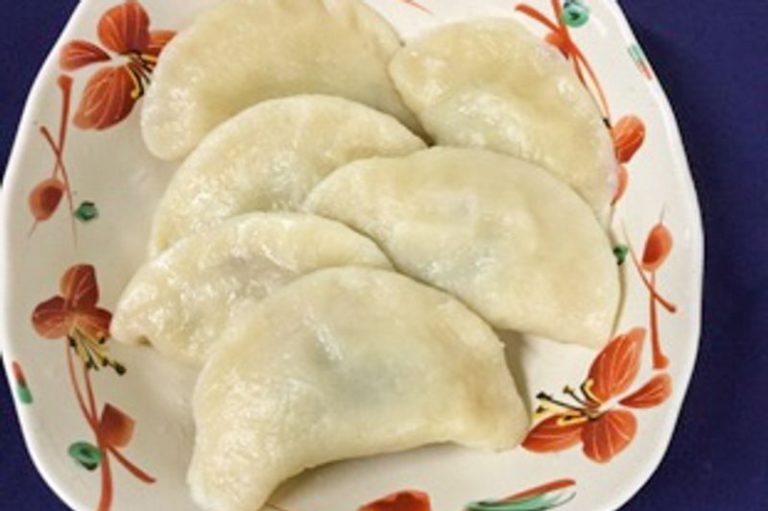
Kinkamochi, southern part of Aomori Prefecture
The southern part of Aomori Prefecture has always been affected by cold weather, known as yamase, a northeasterly wind that blows in the summer. To supplement the meager rice harvest, wheat, foxtail millet, Japanese barnyard millet, and buckwheat were successfully grown, leading to the development of a diverse cereal culture. Kinkamochi, a regional snack, is a product of the farmers’ wisdom. It is simple to prepare and consists of a jam made with muscovado sugar, walnuts, and miso encased in a half-moon-shaped dough that is then boiled. Its slippery texture is enticing, but caution is needed to avoid a mouthful, as the piping-hot jam will spill out.
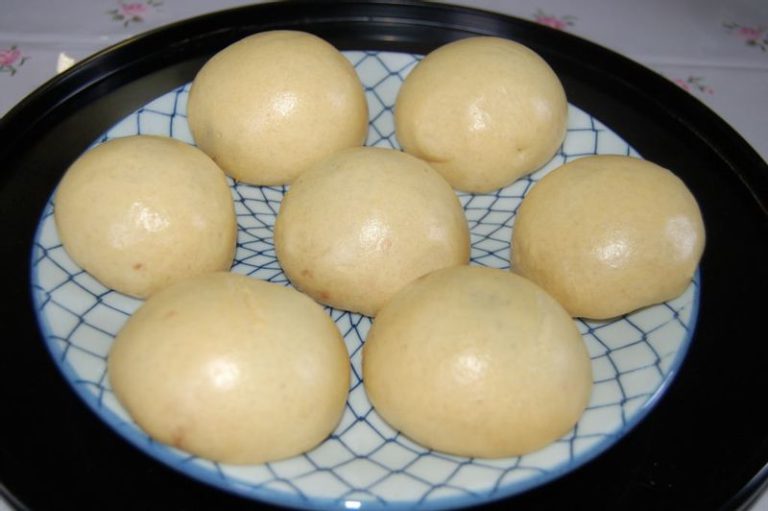
Komugi Manju, throughout Tochigi Prefecture
Our ancestors return home at the start of the Bon festival on August 13 and leave the afterlife on the day of Kamabuta-tsuitachi on August 1. Tochigi Prefecture has a tradition of making Komugi Manju, steamed flour buns filled with azuki bean jam, and offering them to the ancestors to ensure they do not go hungry on their journey. The bun is also referred to as Kamanofuta Manju, which was named after the day. It is also known by the unusual name Tansan (soda) Manju. This is because the buns contain baking soda.
Wheat is commonly grown in Tochigi Prefecture as a double crop, and flour-based dishes have been enjoyed since ancient times. Komugi Manju, in particular, has played an important role in regional life. It is commonly consumed as a snack and served at annual festivals, weddings, and funerals. It tastes especially good when freshly milled flour is available. In recent years, pumpkin, spinach, and crown daisies have been added to the dough as a paste, giving the treat a wide range of colors, flavors, and aromas. Although the number of people making them at home has decreased, Japanese confectionary shops and direct sales outlets are now in charge of providing them. Some direct sales outlets claim that demand for Kamabuta-tsuitachi has risen, and they receive large orders.
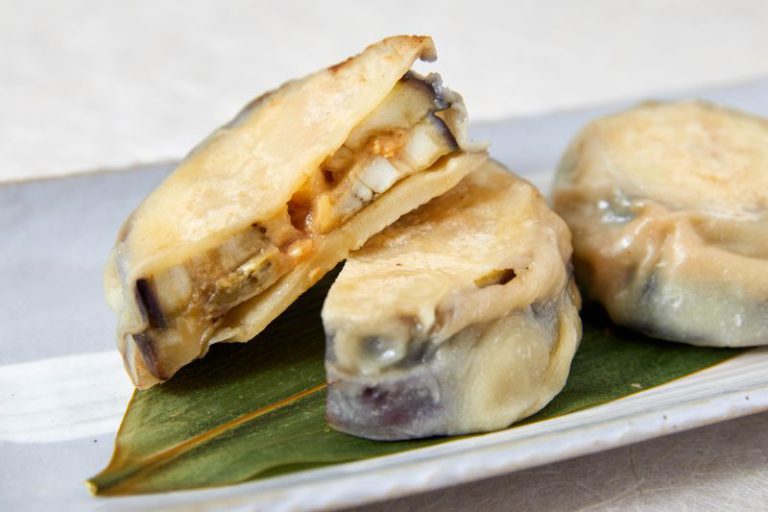
Oyaki, throughout Nagano Prefecture
Oyaki is a traditional snack that is closely associated with Nagano Prefecture. It is made by kneading wheat and buckwheat flour with water, then rolling the dough thinly and filling it with sweet bean jam or vegetables before grilling it. In some areas, it is referred to as Yakimochi. Oyaki can be prepared in a variety of ways, including steaming and grilling, but in the past, Okaki made in iron pans and then steamed in the ashes of an open hearth was the most common type and known as Sumiyaki Oyaki. Oyaki has a long history of being especially important in mountainous areas where rice cultivation is not feasible. The story goes that people used to eat Oyaki for their one meal a day. In heavy snowfall areas where wheat cultivation is not feasible, a type of Oyaki known as Anbo, made from rice flour, is made.
The Oyaki is a popular food among local residents, and it can be easily cooked on a tabletop grill. One reason for its enduring popularity is its versatility, as it can be filled with a variety of ingredients. It is often served during the Bon festivities in the Hokushin region, both as an event food and at ancestral altars. Local efforts to proactively preserve Oyaki culture for future generations include various related events and Oyaki-making classes.
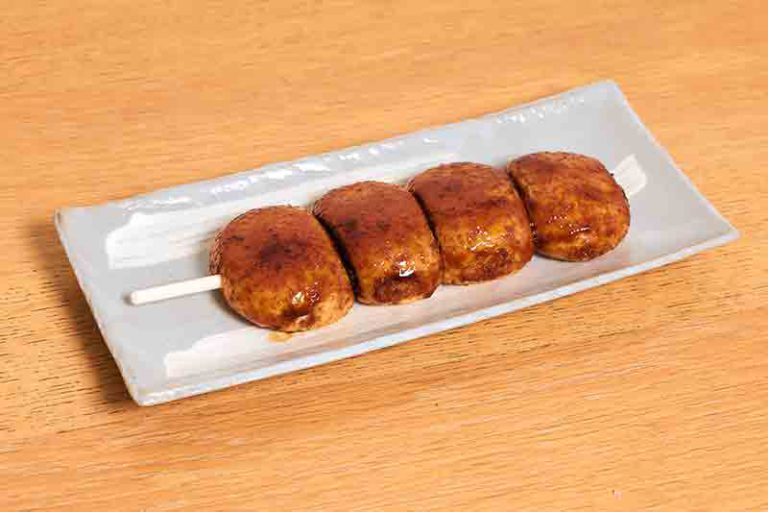
Yaki Manju, throughout Gunma Prefecture
Gunma Prefecture is a major wheat producer, and local flour-based dishes are well established. There are many manju-type dishes, including Tansan Manju and Soba Manju. Among them, Yaki Manju is a classic favorite affectionately known as “Gunma’s soul food.” The tradition of grilling manju skewers with a sweet and savory miso sauce is said to have originated with the Misozuke Manju that appeared at the end of the Edo period (1603-1868). At the time, manju made with unfiltered sake as a fermenting agent was uncommon, and the idea of eating them on skewers appeared to be popular among customers. Although they were not initially sweet, it is said that the addition of muscovado syrup during the Meiji period (1868-1912) changed the flavor to something closer to the taste we know today.
Oyaki can be found at roadside markets, festivals, and events. While the traditional Oyaki has been passed down through generations, there have been numerous “new and evolved yaki manju” inspired by crepes, muffins, and parfaits.
Regional treats made from wheat are a testament to the resourcefulness of local farmers. Their rustic taste has made them enduring favorites across generations. One advantage of these treats is that they provide an opportunity to explore the region’s distinct qualities through traditional cooking techniques and dining traditions.
Written based on the Ministry of Agriculture, Forestry and Fisheries website Uchi No Kyodo Ryori (Regional Home Cooking).

